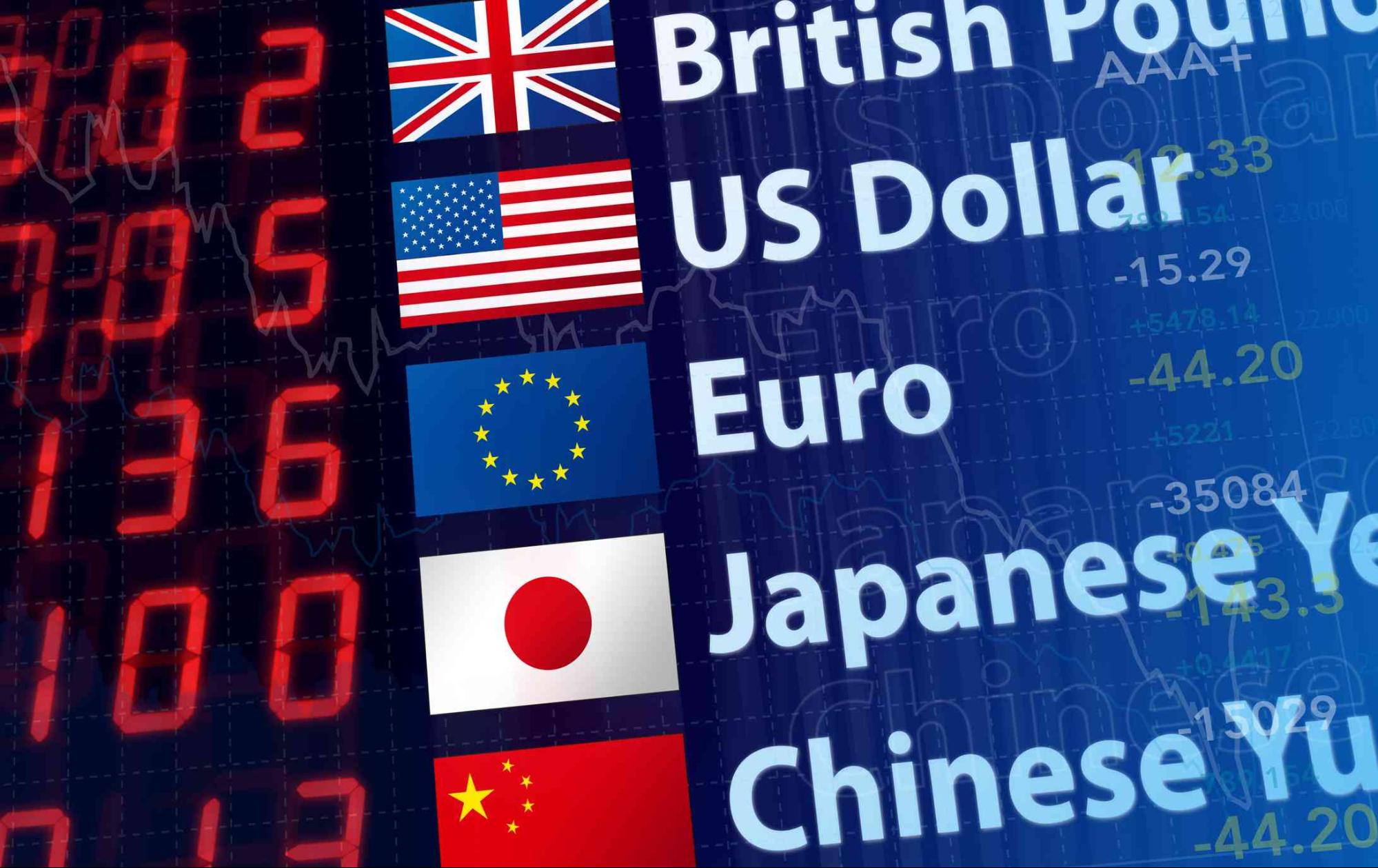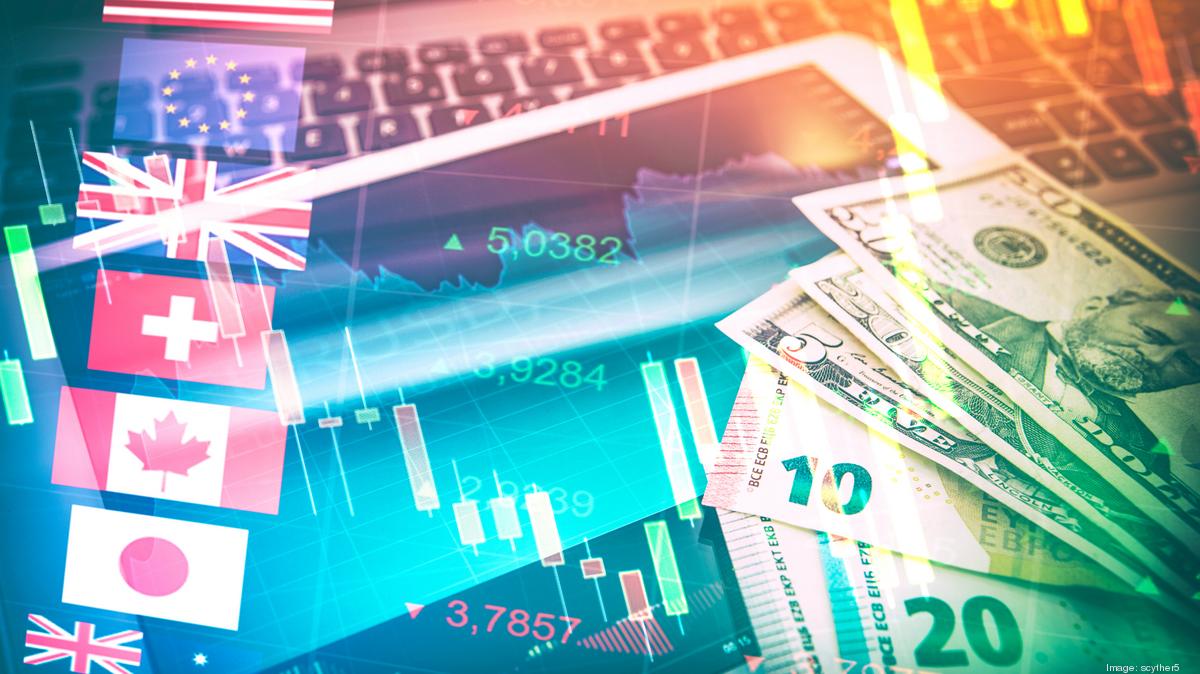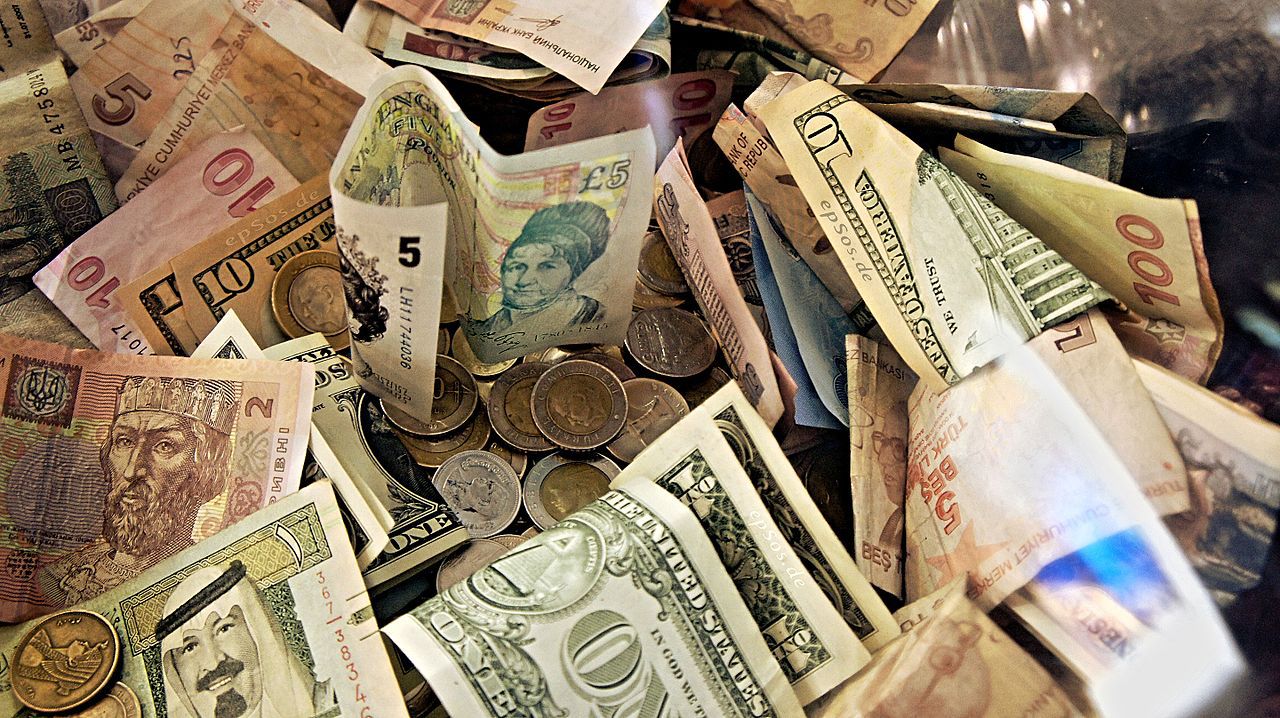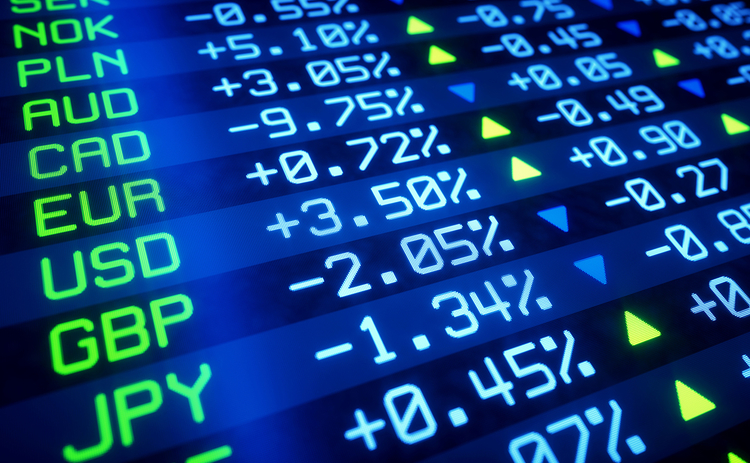How to Calculate Cross Rate of Exchange?

Believe it or not, but trading currencies has become an everyday task for most people in almost every part of the world. Some people may even end up trading currency even if they are not active forex traders.
For instance, a tourist exchanging currency in a foreign country is also a currency trader in a more subtle manner.
Since they're so common, trading currencies is also reasonably comfortable. However, things can get a little trickier if you are trading in currency pairs that are uncategorized under significant currency pairs.
For instance, currency pairs such as the USD/JPY pair are relatively famous and easy to trade people on the foreign exchange marketplace tend to participate in its exchange due to the opportunities it comes with.
However, there are a few pairs of odd currencies that are not as popular with the traders on the foreign exchange due to a couple of factors relating to geography or political climate.
If you are aware of exotic currency pairs such as the USD/TRY pair or the EUR/HUF pair, you must also be mindful of the problems that come with them while being traded on the foreign exchange.
One of those problems is the difficulty in ascertaining these exotic pairs' correct quotes, making it quite challenging to establish an accurate interest rate for the currencies involved.
This is where the trader will have to learn to calculate the cross-currency rate exchange to be able to trade these difficult pairs properly.
What Is A Cross Rate Of Exchange?
Typically, a cross rate of exchange happens when the trader is trading in non-US currency pairs.
The reason for that is relatively simple. Since the inception of the modern foreign exchange platform, traders who wanted to convert a non-US currency into another non-US cash would have to convert that foreign currency into the US dollar first and then convert it into the currency they want in the first place.
This sounds rather tedious and overcomplicated, which is why traders started using cross rates to bypass this conversion step. With the help of cross rates, traders can easily exchange these non-US dollar pairs without converting them into the US dollar first.
For a foreign exchange regular, knowing how to calculate the cross rate of exchange can prove to be very useful, especially when they're indulging in currency trading of one or more exotic pairs minor pairs.
Before You Calculate The Rate Of Exchange
We live in the age of fast internet and computer now, which has made it possible and easy for us to look up almost anything online.
Similarly, it is not that hard to go on Google to find the best website that automatically calculates the cross rate of exchange for you with just a few clicks.
(https://www.beyond2015.org/profitable-forex-strategy/)
However, as a trader who takes his profession seriously, it is essential to understand and learn the process behind everything that you use in your activities as a currency trader.
Calculating the exchange rate is no different, if you are still wondering why you should note that a calculator will not make you aware of the currency pairing conventions that you will need to familiarize yourself with before you start using the rate of exchange for your trades.
Currency Pairing Conventions
As you may already know, all currency pairs consist of one base currency, the currency on the left, and the other is called the quote, which you will find on the right.
For example, in the USD/HKD pair, which also happens to be an exotic pair, the US dollar, which is the currency on the left, is the base currency while the Hong Kong dollar is the currency on the right, is the quote currency.
There are some exceptions, such as the Euro and the British pound, which happen to be the base currency in any pair that they are a part of except when they pair with each other.
If they pair with each other, then the Euro will become the base currency by default.
How To Calculate Cross Exchange Rate Accurately
Calculating the cross exchange rate becomes pretty easy once you've got your hands on the bid prices of both the currencies of the pair you are trading in.
In case the base currency is the US dollar in one of the pairings and the quote currency in the other pairings, all you are required to do to calculate the cross rate by multiply both of the bid prices using a cross rate calculator of your choosing.
Let us try to understand the above statement with the help of an example.
Suppose a trader is trading the EUR/TRY pair and the bid price for EUR/USD is 1.1755, and the bid price for USD/TRY is 7.5345.
Using this data, you can calculate the cross rate for EUR/TRY at 1.1755*7.5345=8.8568.
However, you will find various cases where you'll notice that the USD currency is either the quote or the base currency in both of the pairings.
If that ever happens, the trader must use corresponding pairings where one of the currency interchanges. This is called reciprocal pairing.
Let us try to understand this statement with an example as well.
The bid price of EUR/TRY 8.91 and the bid price of USD/TRY is 7.83.
Using this data, you can calculate the cross rate. So, the EUR/USD rate as well as the USD/TRY rate at 1/8.91*7.83=0.8787.
So to summarize, whenever you are calculating the cross rate of exchange cross-currency, you will need to follow the following formula:
Currency X/Currency Y=(Currency X USD)*(USD/Currency Y)
And when swapping over a currency pair into its reciprocal pair, you will be required to divide the bid price by one, as shown in the second example.
Pros & Cons Of Using Cross Rate Of Exchange For Forex Traders
Pros:
1. You Are No Longer Required To Convert Currency
Elimination of the need to convert currency is perhaps the best advantage that comes with the use of cross-currency rates.
The whole concept allows the trader to avoid the entire process of converting a foreign currency into the US dollar, which proved to be a significant inconvenience for traders everywhere before the introduction of cross-currency.
2. Less Hassle, More Profits
Since your trades do not have to depend on the ups and downs in the US dollar prices, your trades will have no impact even if the US dollar underperforms on the foreign exchange under any unforeseen circumstances.
3. More Options For The Trader
Traders will have the option to trade cross country more often because they are free to trade currencies without feeling the US dollar's effects.
That currency has a significant impact on major currencies such as the British pound, Japanese yen, Swiss franc, and the Euro.
Cons:
1. Can Create Market Insecurity
There is a slight possibility that using cross-exchange can generate an insecure market due to several high volume trades coupled with the lack of a base currency that determines price movements.
2. Adverse Geographical Factors
Trading exotic currencies can be risky due to the countries' geographical and political climate that issue these currencies.
The reason for that is that the economy and the financial and economic stability of some of these countries are relatively unstable and can change anytime.
Some of those countries might be at war or be at the precipice of it, creating volatility and uncertainty for some beginners on the foreign exchange.
Conclusion
Cross rates are nothing more than the currency exchange rate among two specific currencies, neither of which happen to be the country's official currencies where the trader is getting his exchange quote from.
This means that a trader currently living in the United States of America might be looking for the cross rates in currencies that are foreign to him, like cross rate between INR/GBP, which is the pairing of the Indian rupee with the British pound.
Cross rate of exchange is a revolutionary change in foreign exchange because forex traders used to be carried out only in the US dollar, which forced the traders to convert their non-US dollar currencies into USD before they could legally trade.
Cross rates allow traders to bypass this troublesome conversion process as it lets them trade non-US currencies directly without converting any money of the pair.
Furthermore, various factors may affect the exchange rate between currencies, such as a difference in interest in interest rates, determinants of exchange rates, public debt, deficit, terms of trade of the countries involved, and their economic stability, etc.
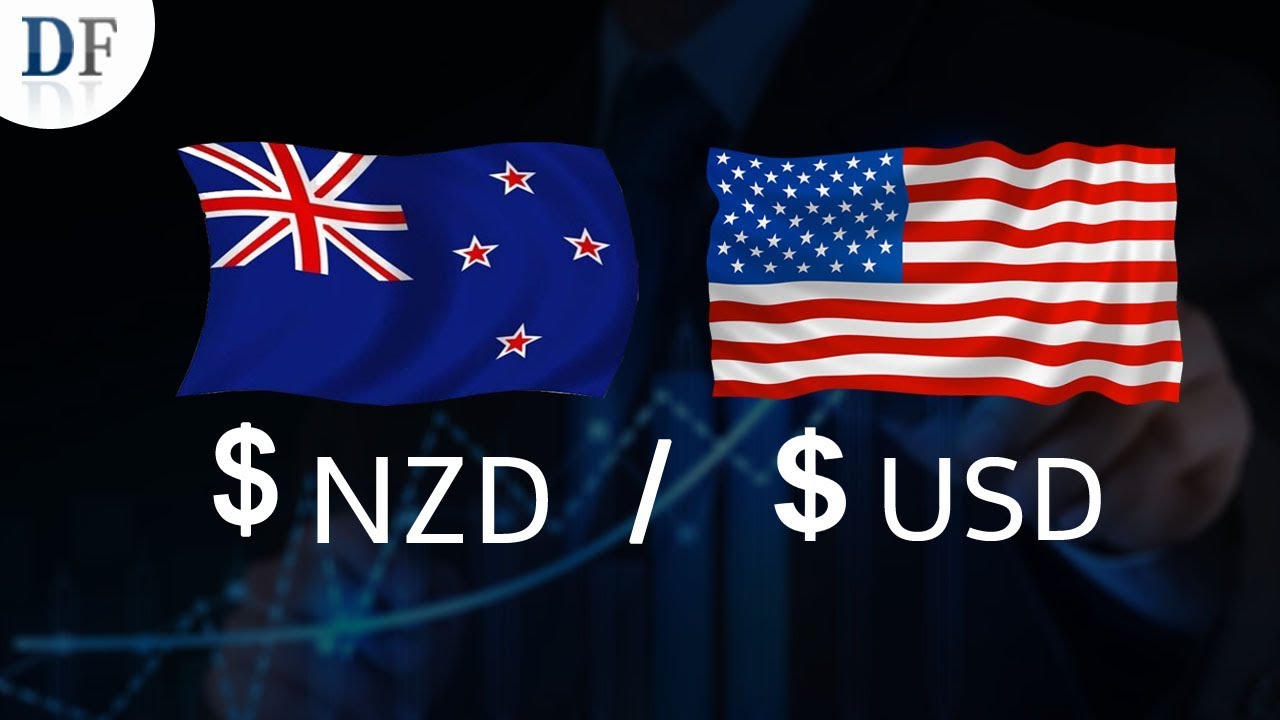


 Português
Português  Indonesia
Indonesia  Thai
Thai  Tiếng Việt
Tiếng Việt  Italiano
Italiano  Français
Français  Deutsch
Deutsch 